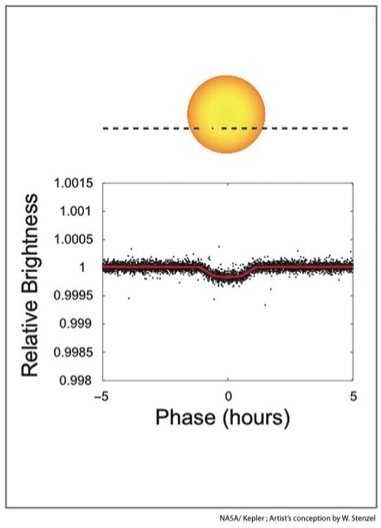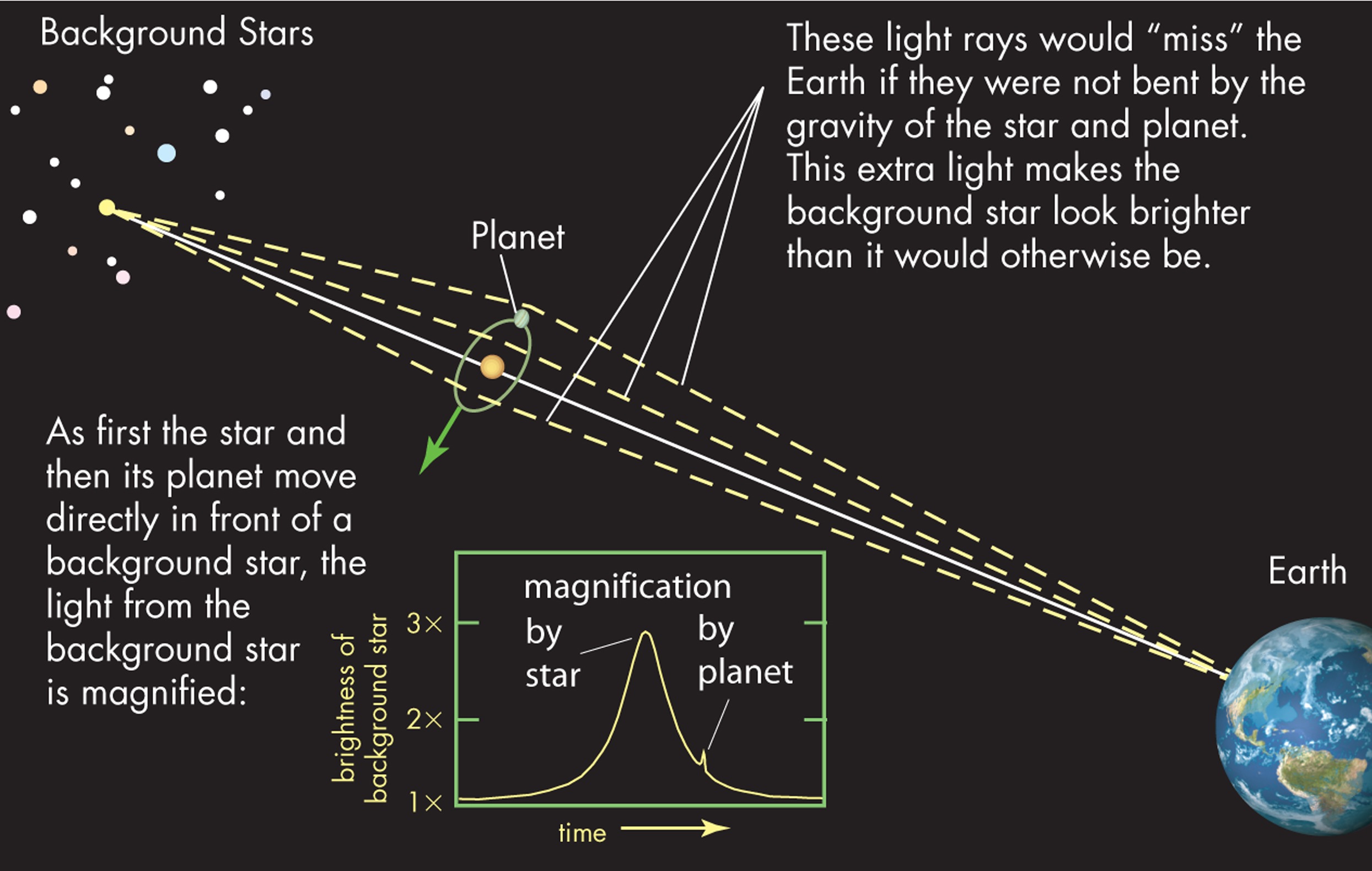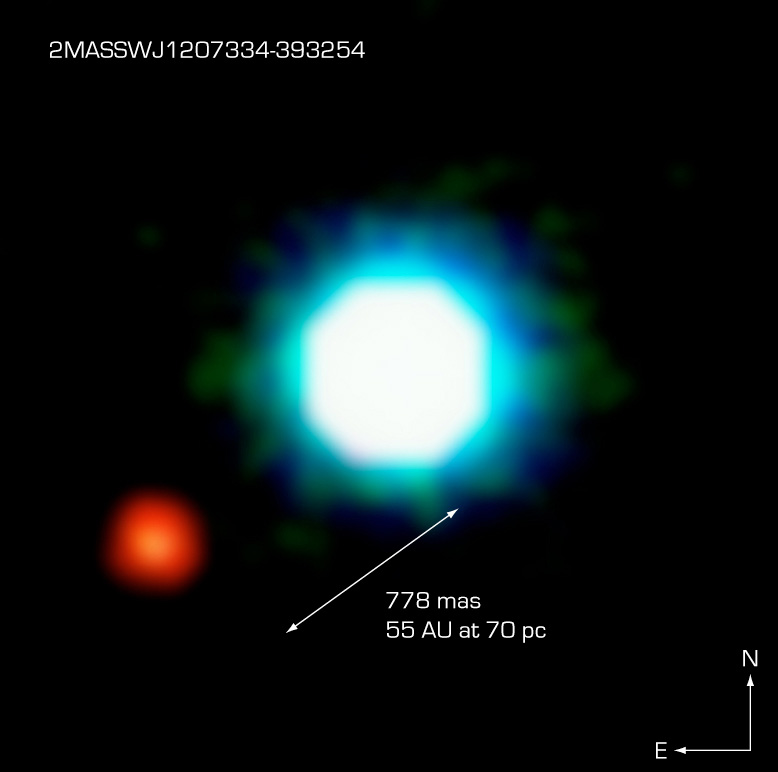The method of determining masses in a single-line spectroscopic binary was exploited to find the first extrasolar planet orbiting 51 Pegasi in 1995 by Michel Mayor and Didier Queloz, who were awarded the 2019 Nobel Prize in Physics "for the discovery of an exoplanet orbiting a solar-type star".
The mass function:
m23sin3θ / (m1+m2)2 = v13P / (2πG)
(For updated information, check NASA Exoplanet Archive, Catalog and more individual information.)
Radial velocity, transit, microlensing, and direct imaging



Red dwarfs (0.08 -- 0.8 M⊙)
Brown dwarfs (0.013 -- 0.08 M⊙) (2M1207 in the previous figure is a brown dwarf with a planet 2M1207b)
Planets are those objects of mass lower than 0.013 M⊙, i.e., 13 MJ.